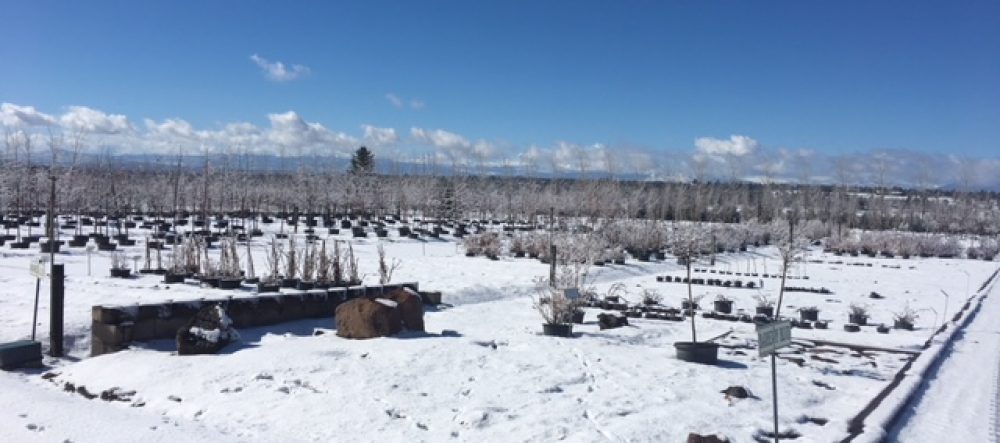The proper care of your lawn will reduce cost and decrease the chance of pests, weeds, and disease, making it beautiful, enjoyable, and environmentally sustainable.
Watering: It is best to water your lawn deep and less frequently. One inch of water all at one time, 2 times a week is sufficient. Only during the hottest part of the summer will you want to water 3 times a week but not any more frequent than that. This will cause the roots of your grass to grow deep, giving you a lush green lawn throughout the summer.
If you are having water run off you may decrease the frequency but do not apply less than one inch of water. Water run off may be a sign that your lawn needs thatching and aerating.
It is best to water in the early morning. This will avoid wasting water due to evaporation and will ensure full coverage of your lawn while the wind is not blowing.
Our recommended watering program will work for your lawn whether you have sandy soil or clay. Just remember to water one inch of water, every time you water, and only adjust the frequency as your lawn needs more or less water.
Fertilizing: We have correlated our fertilizing times with the holidays, as a general guideline:
Easter (first sign of spring):
6-8 lbs per 1000 sq ft. of Yellow (20-10-10-5-2) or Red (20-10-10-4-2 w/50% slow) The iron in these blends give a quick green-burst.
Memorial Day, 4th of July, and Labor Day:
6-8 lbs per 1000 sq ft. of Blue (20-10-10-5 w/50% slow) or Red (20-10-10-4-2 w/50% slow) During the summer months, you must evaluate the condition of your lawn in order to determine a proper fertilizer schedule and amount of fertilizer. If your lawn does not require mowing at least once a week or if it lacks a rich dark green color, it should be fertilized.
Halloween (first sign of winter):
5-6 lbs per 1000 sq ft. of Blue (20-10-10-5 w/50% slow) Slow-Release in the fall will feed the lawn through the fall and winter depending on the temperature and moisture, and will get your lawn started in the spring when the temperatures start to warm up.
It is ok to use organic fertilizer but the effect will be slower with more input costs and it can attract pests. Our preference is a 50% slow release chemical blend with a nutrient mixture around 20-10-10.
Mowing: The mowing height should be about 2″. You should collect the grass clippings, since our area does not have the humidity necessary to break the clippings down in the lawn. If you want to mulch or compost your clipping it is best to do it in a pile, pit, or in a composter.
Aerating and Thatching: Aerating your lawn will loosen up the soil to allow water and fertilizer to penetrate the soil into the root zone. It will also reduce compaction so that your lawn’s roots can easily grow. While aerating can be done almost anytime of the year, it is best to do it annually in the early spring as your lawn comes out of dormancy.
Thatching removes the thatch build-up in your lawn. Thatch is a natural product of grass and is not caused by grass clippings. A build-up of thatch in your lawn will create a barrier that will not allow water and fertilizer to enter into the soil so that when you do apply water and fertilizer, it runs off your lawn. Thatching should only be done in the early spring as your lawn comes out of dormancy. This will allow the lawn time to recover before the hot temperatures come. While it is best to thatch your lawn annually, you may choose to do it every other year.
